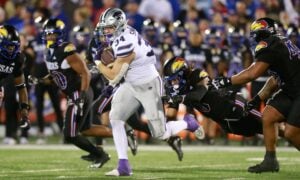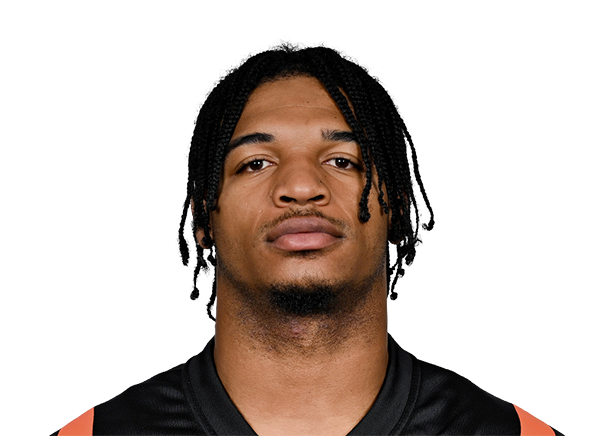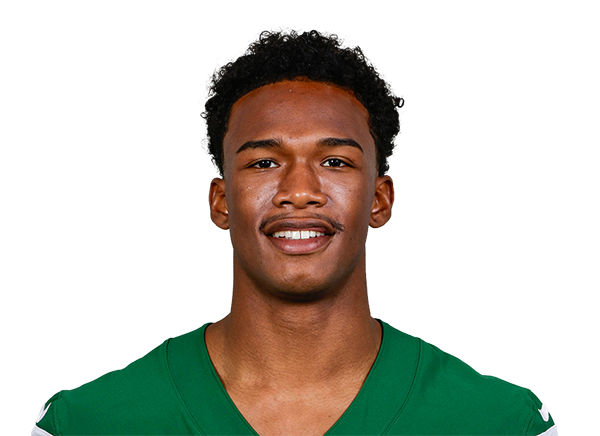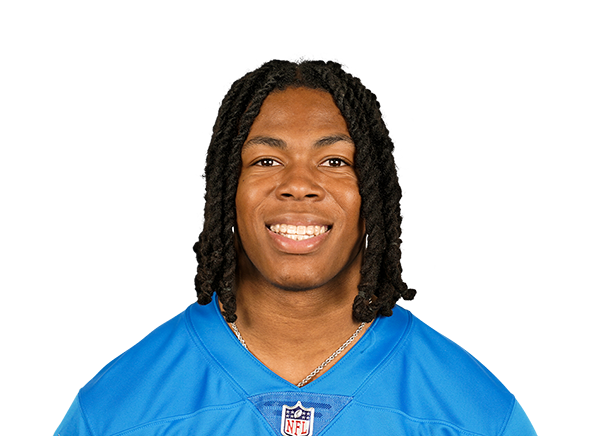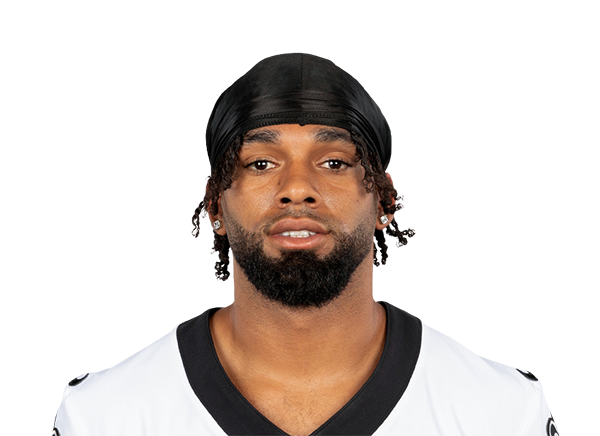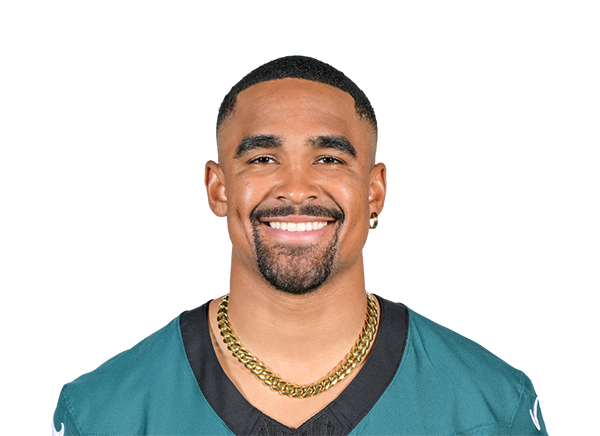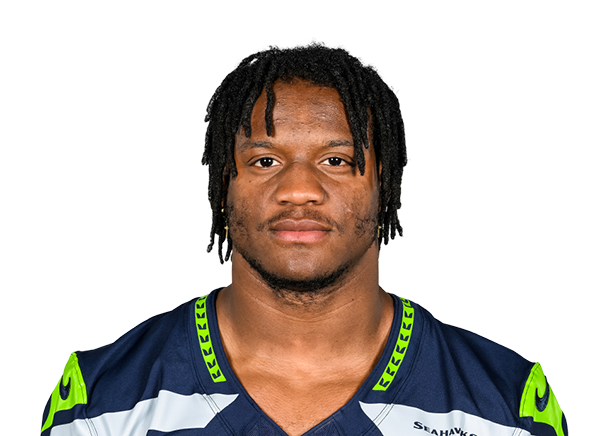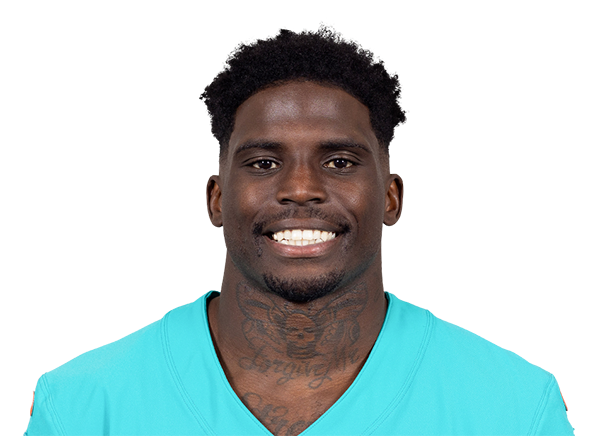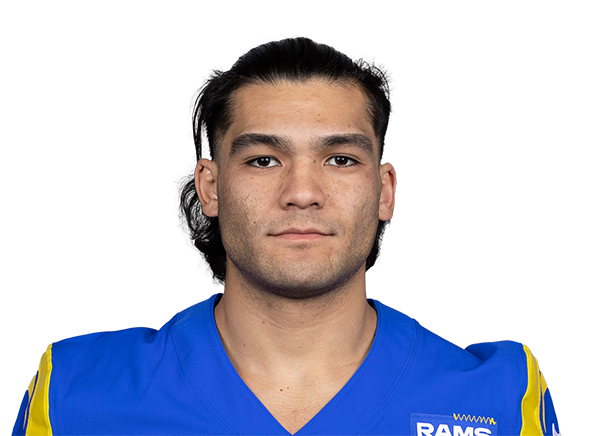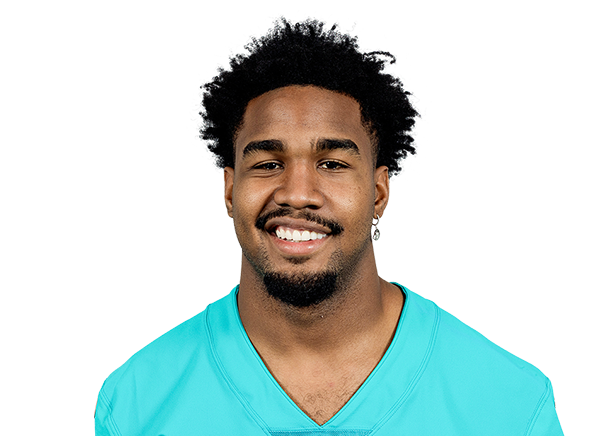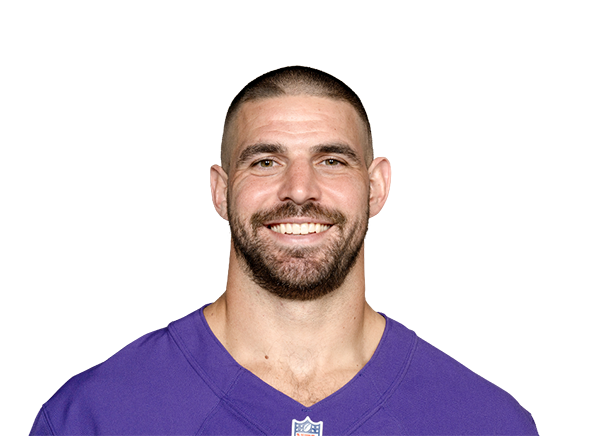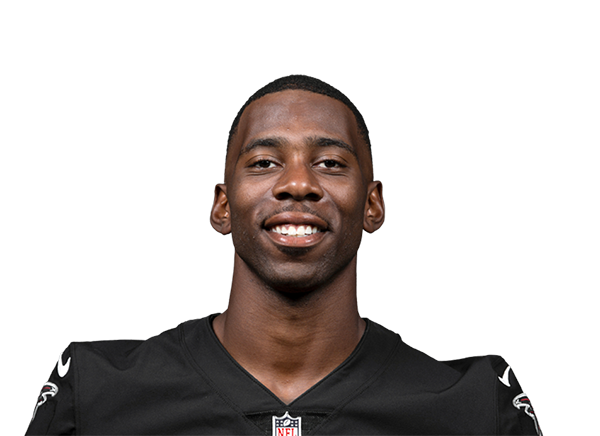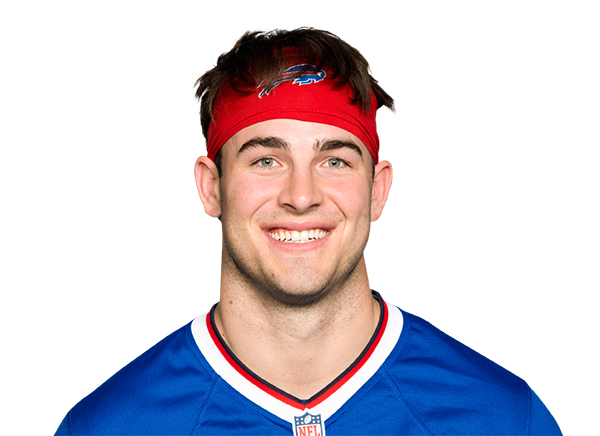Optimisery: The Case For and Against Miles Sanders in Carolina
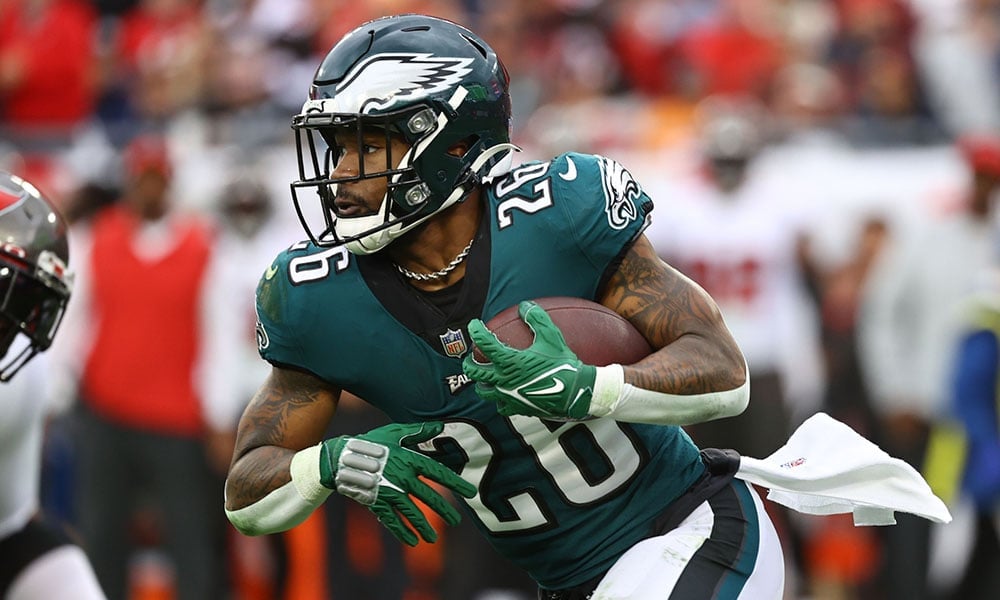
In this series, Jeremy Schwob and John Di Bari present the optimistic and pessimistic sides to significant changes in the dynasty landscape. Consider both sides, as the goal is to find somewhere in between.
The old adage that there are two sides to every coin could never be more true than when circumstances change for a player. That is especially true when surprising information is thrust upon us. Psychological difficulty and distress can be encountered when individuals hold rigid views that are strictly one-sided (i.e., split) or alternate drastically from one to the other.
A therapeutic concept called integration is a healthier structure for holding both sides together and tolerating the benefits and flaws simultaneously. Relationally, this could involve being frustrated or angry with them while at the same time being able to maintain that you care about them. Such emotional difficulties can parallel our view of players on dynasty rosters amidst changing circumstances.
The goal of this series is not to have you pick a side or a winner of the argument. Rather, it is to consider both sides and not select one entirely in the absence of the other.
While not a "bust" in the traditional sense, Miles Sanders hasn't lived up to expectations so far. In my limited search for anecdotal evidence, Sanders was a top-five pick in all of my 2019 rookie drafts. According to DLF's historical ADP data, Sanders was considered his class' RB2 and the third player selected overall in non-superflex drafts.
While a serviceable RB2 with the Eagles, Sanders never took the next step to become a dependable fantasy producer at the position. Now, with a change of scenery and a new role as the lead back in Carolina, maybe he has a chance at redemption. Will the Frank Reich-led Panthers' offense boost Sanders into the top tier of fantasy producers, or will we see more of the same from him as a middling RB2 without any upside?
OPTIMISM
Leaving the Eagles' top-ranked offense is not the ideal way to paint an optimistic picture, but stopping there is too simplistic to capture the expectation for Sanders in his new home in Carolina. This is especially true after understanding the emerging philosophy of Eagles' general manager Howie Roseman to devalue spending at the running back position. On the open market, Sanders received a four-year, $25.4 million contract with $13m guaranteed to be their lead back for at least the next two seasons. Sanders' deal was the largest contract afforded to a running back during the 2023 off-season.
SUBSCRIBE TO DLF PREMIUM!
Gain Instant Access to this resource and so much more!.
Premium membership provides access to all of our industry-leading dynasty fantasy football content.
You can also get a DLF Premium Membership for FREE! Find out how.
Want more info about DLF Premium? Find out more
Have questions or need some help? Contact Us
Already a DLF Premium Member? Log in now!







